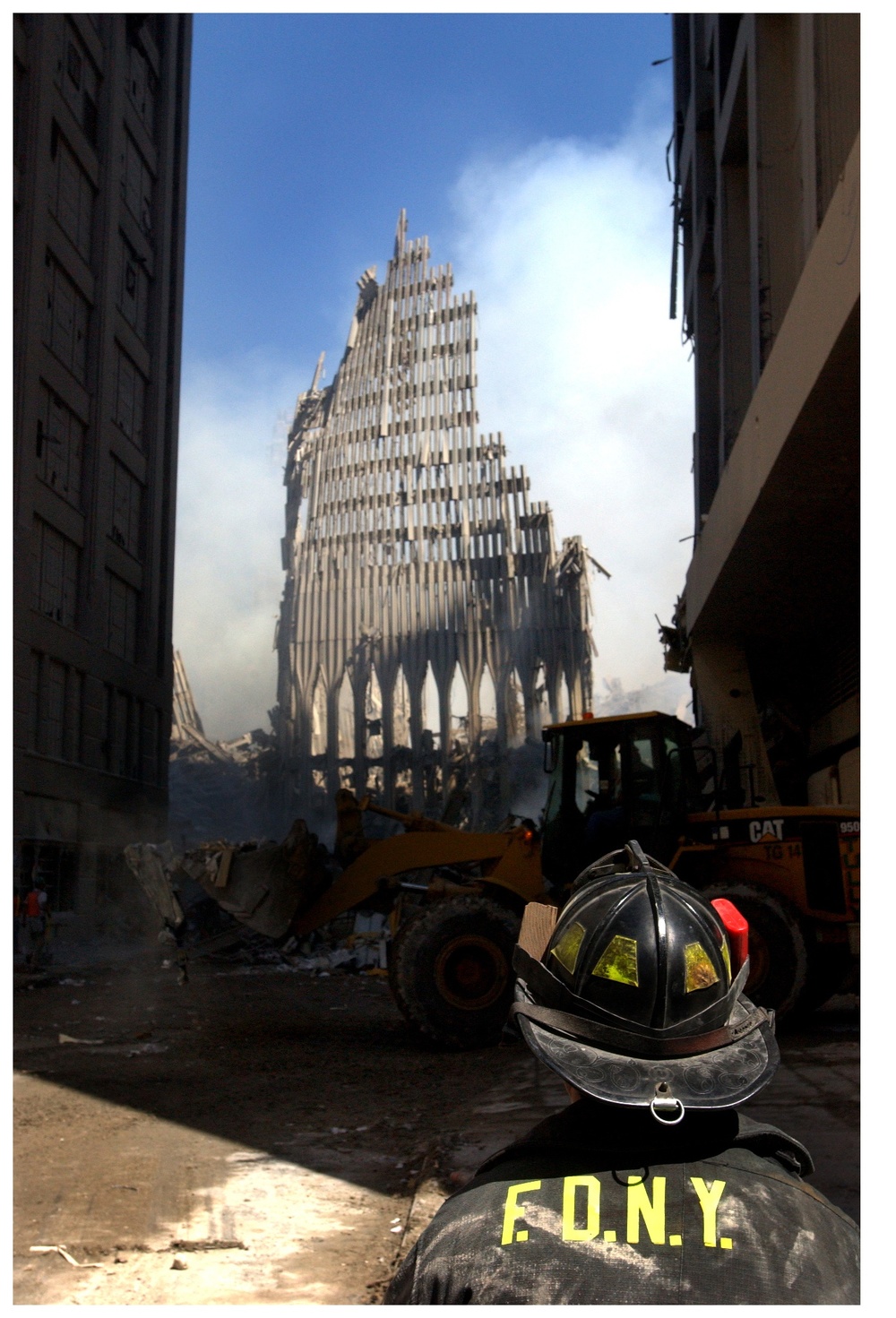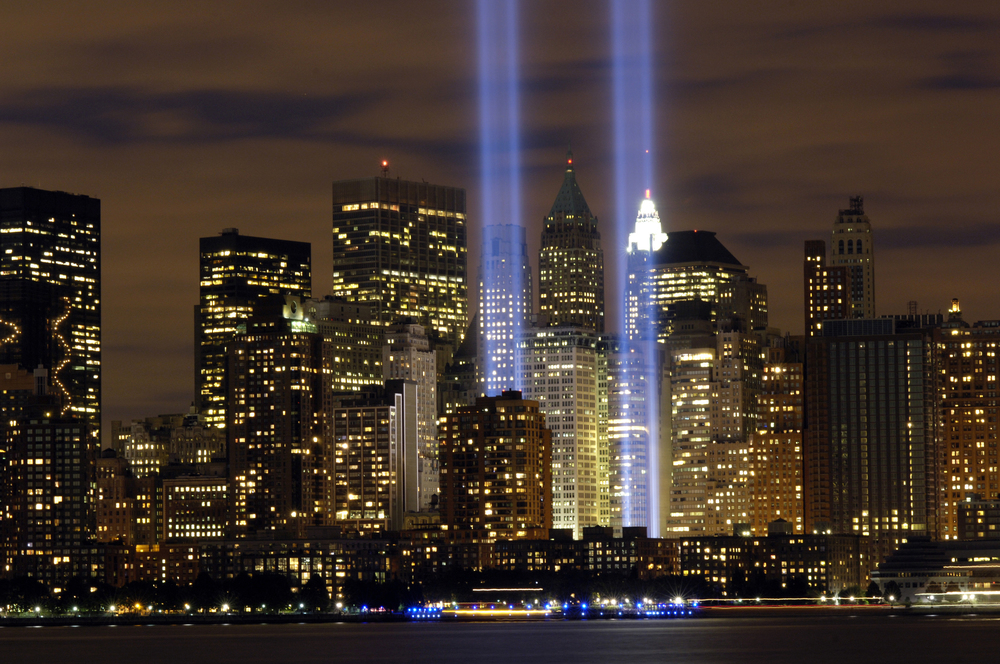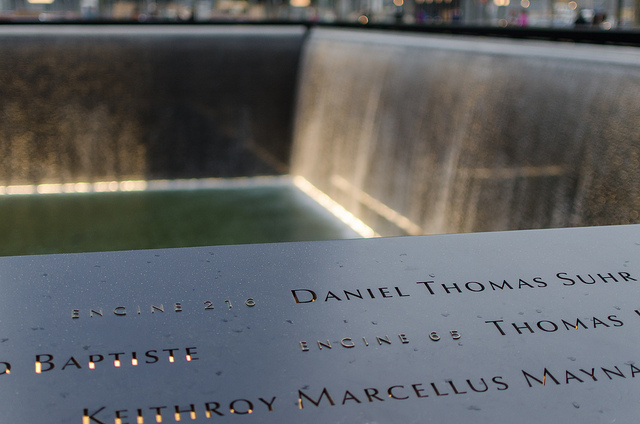Forensic Case Files: 9/11—Part 3: Challenges in Naming the Dead
/ Over the past two weeks, we’ve discussed the tragedy of the 9/11 terror attacks from a forensic perspective—how recovery teams worked tirelessly to collect the victim remains once all hope of rescue was exhausted, and how victim identification is established. Sadly, a full 40% of victims from the World Trade Center are still unidentified. Hundreds of thousands of man-hours have gone into the effort, so why has the process of naming the dead proved so difficult?
Over the past two weeks, we’ve discussed the tragedy of the 9/11 terror attacks from a forensic perspective—how recovery teams worked tirelessly to collect the victim remains once all hope of rescue was exhausted, and how victim identification is established. Sadly, a full 40% of victims from the World Trade Center are still unidentified. Hundreds of thousands of man-hours have gone into the effort, so why has the process of naming the dead proved so difficult?
There were many problems associated with victim identification, especially in the years immediately following the tragedy, including:
- The sheer number of samples needing to be identified and the amount of data they produced: It is the duty of the Medical Examiner and his staff to identify the dead and issue death certificates. That duty doesn’t change simply because of an overwhelming death toll; each individual still deserves to be named. But because of the nature of death, many victims’ bodies were fragmented, leading to multiple samples from the same individual. Fragmented remains found in the same location may or may not originate from a single victim, so each had to be sampled and analyzed separately. Additionally, personal effects found loosely associated with human remains might not belong to that person, so DNA samples had to be taken from all items. While mass-casualty disasters are not uncommon, the data processing requirements for managing such a large database stretched the technology available to individual laboratories of the time.
- The size and condition of the samples: Due to the harsh conditions of the site, many samples were so badly degraded that DNA typing wasn’t possible. When samples were found five years after the attack on the roof of the Deutsche Bank Building, most of the bone fragments were less than one sixteenth of an inch in size, minimizing the chances of successful DNA extraction.
- Weathering/scavenging of samples found years after the tragedy: The Deutsche Bank Building fragments, for example, were subject to years of freezing in winter, and heat and direct sun in summer for five years. Remains in the lower levels of the World Trade Center, among the last to be excavated, were subject to water, fire, crushing, and toxic waste. Remains in the pile sent to Fresh Kills were subject to scavenging by carnivores, birds and insects.
- Location of the remains: The final resting place of the remains could not be used towards a definitive identification. It might, however, suggest a potential localization—bodies from upper floors may be likely to be less damaged due to the lighter load above them, and fire damaged bodies are more likely to originate from floors near the original crash sites and the ensuing fuel-amplified fire. Additionally, co-mingled remains might be thought to originate from similar areas of the building, if not the same area.
In the years since 9/11, a definitive ID for each victim has proven to be impossible, no matter how much effort has was applied to the task. In the end, at the request of families, 1,616 death certificates were issued without confirmatory identification.
The ultimate question in mass casualty disasters is: when is the project finished? When every victim is identified or when every sample of remains is tested? Sadly, with only 1,119 of 2,753 victims identified, the task of identifying the victims of 9/11 may never officially be complete.


In memory of those lost on 9/11. We will never forget…
Photo credit: WikimediaCommons – U.S. Navy, Wikimedia Commons - U.S. Air Force and Morgan.Davis
ARC Giveaway:
A new Goodreads giveaway for a signed ARC of DEAD, WITHOUT A STONE TO TELL IT runs until April 29th! Enter here: http://www.goodreads.com/giveaway/show/51031-dead-without-a-stone-to-tell-it



 36.5%
36.5%